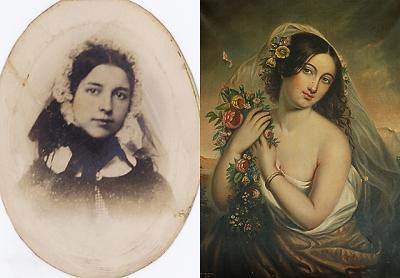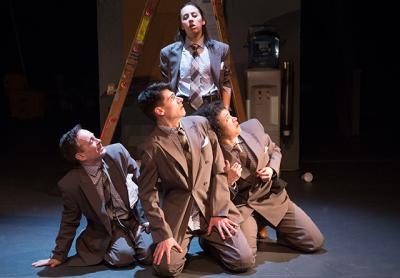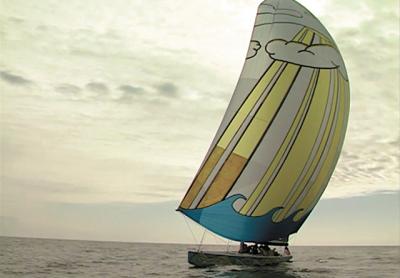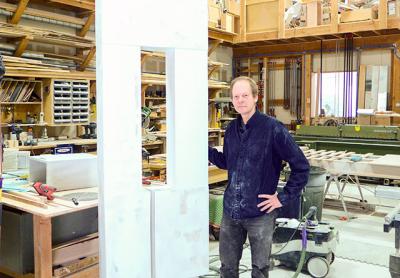Residents Reveal Their Process at Watermill Center
Residents Reveal Their Process at Watermill Center
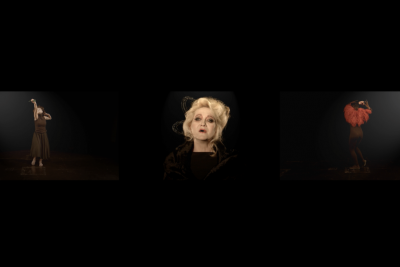
The Watermill Center will present works in progress by four recently arrived resident artists on Saturday from 2 to 4 p.m. as part of its ongoing “In Process” series. A tour of the building and grounds will take place Saturday from 1 to 2 and Wednesday from 2 to 4.
While at the center, the Chilean artists Sebastian Escalona and Josefina Dagorret will continue the development of “Extinct Rite,” a research project that combines different languages of artistic expressions involving the landscape of the body, the site-specific, and memory.
Stacey Goodman, an American artist, is working on his ongoing multidisciplinary work “Dreams, Light, and Liberation,” the intention of which is to examine how we perceive marginalized people and spaces.
Aneta Panek, who is based in Berlin, will stage “Alchemy of Punk,” an opera that brings together the greatest voices of classical opera, punk, and industrial rock in a multimedia spectacle.
The tour and programs are free, but reservations are required.

